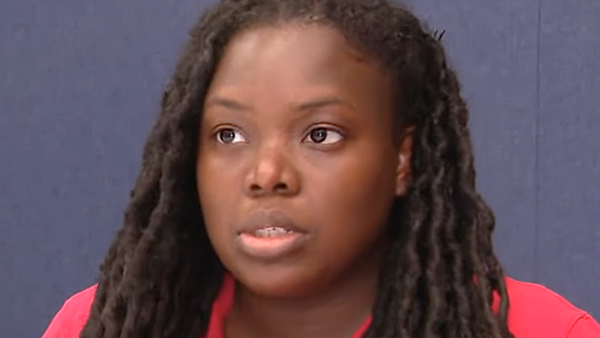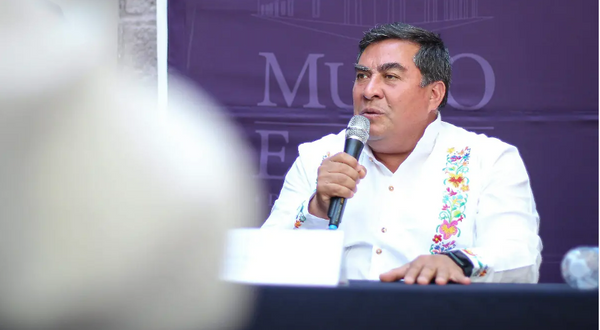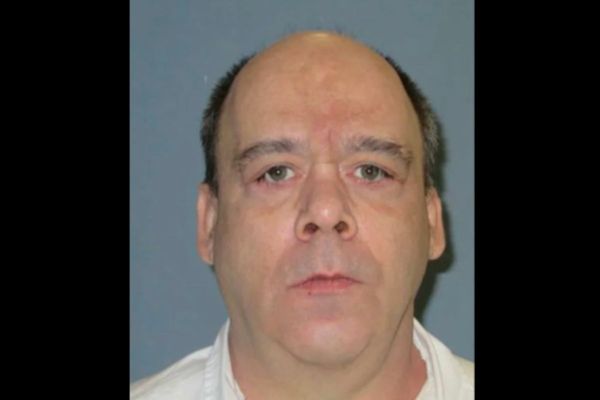
Coaching is supposed to be about mentorship, growth, and trust. But what happens when the very people entrusted with young athletes’ well-being use legal loopholes to hide abuse allegations? This issue isn’t just a headline—it’s a real threat to the safety of athletes and the integrity of sports. If you’re a parent, athlete, or simply someone who cares about fair play, understanding how some coaches are hiding abuse allegations is crucial. The tactics used to cover up misconduct can keep dangerous individuals in positions of power, putting more people at risk. By shining a light on these legal maneuvers, you can better protect yourself and your loved ones from falling victim to the same traps.
1. Non-Disclosure Agreements (NDAs) That Silence Victims
Non-disclosure agreements, or NDAs, are often used in business to protect trade secrets. However, some coaches and organizations have twisted this tool to silence abuse victims. When an athlete or staff member comes forward with an abuse allegation, they may be pressured to sign an NDA as part of a settlement. This legally binds them from speaking out about their experience, even to future employers or teammates. The result? The coach’s reputation remains intact, and the cycle of abuse can continue unchecked. If you or someone you know is asked to sign an NDA in this context, consult a legal expert before agreeing.
2. Exploiting Statutes of Limitations
Statutes of limitations set a deadline for when legal action can be taken after an incident. Some coaches and their legal teams use this to their advantage, dragging out investigations or intimidating victims until the window for filing a lawsuit closes. Once the statute of limitations expires, victims lose their right to seek justice in court. This tactic is especially harmful in abuse cases, where victims may need years to process trauma before coming forward. If you’re concerned about timing, research your state’s laws and act quickly.
3. Confidential Settlements That Bury the Truth
Confidential settlements are another way some coaches are hiding abuse allegations. In these agreements, both parties resolve the dispute privately, often with a financial payout and a strict confidentiality clause. While this may seem like a quick fix, it prevents the public from learning about the coach’s misconduct. Other athletes, parents, and organizations remain unaware of the risks, and the coach can move on to new opportunities without consequence. If you’re offered a confidential settlement, weigh the pros and cons carefully. Sometimes, going public is the only way to protect others from harm.
4. Manipulating Internal Investigations
Many sports organizations conduct their own internal investigations when abuse allegations arise. Unfortunately, these investigations can be manipulated to protect the coach rather than the victim. Coaches may have close relationships with decision-makers, or the organization may prioritize its reputation over athlete safety. As a result, findings are often kept secret, and the coach faces little to no discipline. If you’re involved in an internal investigation, insist on transparency and consider involving an independent third party. Don’t assume the organization’s interests align with yours.
5. Using Defamation Lawsuits to Intimidate Victims
Defamation lawsuits are meant to protect people from false statements that damage their reputation. However, some coaches use the threat of a defamation suit to scare victims into silence. Even if the allegations are true, the cost and stress of defending against a lawsuit can be overwhelming. This tactic discourages others from coming forward and allows the coach to maintain their position. If you’re worried about being sued for speaking out, document everything and seek legal advice. Truth is a defense against defamation, but you need to be prepared.
6. Relocating to Avoid Scrutiny
When allegations surface, some coaches simply move to a new school, club, or even a different state. Because of privacy laws and the lack of a centralized reporting system, their past misconduct often goes undetected. This “passing the trash” phenomenon allows abusive coaches to start fresh, putting new athletes at risk. If you’re considering joining a new team or program, do your homework. Ask about the coach’s history and look for any red flags in their employment record.
7. Leveraging Ambiguous Policies
Some organizations have vague or poorly enforced policies regarding abuse allegations. Coaches exploit these gray areas to avoid consequences, arguing that the rules don’t clearly apply to their behavior. This lack of clarity makes it harder for victims to prove wrongdoing and for organizations to take decisive action. If you’re part of a sports program, push for clear, specific policies on abuse and misconduct. The more explicit the rules, the harder they are to bend.
Protecting Athletes Starts With Awareness
The reality is that some coaches are hiding abuse allegations through a combination of legal loopholes and organizational failures. By understanding these tactics, you can better protect yourself, your family, and your community. Don’t assume that silence means safety—ask questions, demand transparency, and support efforts to reform the system. The more we talk about how some coaches are hiding abuse allegations, the harder it becomes for abusers to operate in the shadows.
Have you or someone you know encountered these tactics in sports or other settings? Share your thoughts and experiences in the comments below.
Read More
Best Posts from Carnival of Personal Finance #134
What You Should Know About Audits
The post How Some Coaches Are Hiding Abuse Allegations With Legal Loopholes appeared first on Clever Dude Personal Finance & Money.







